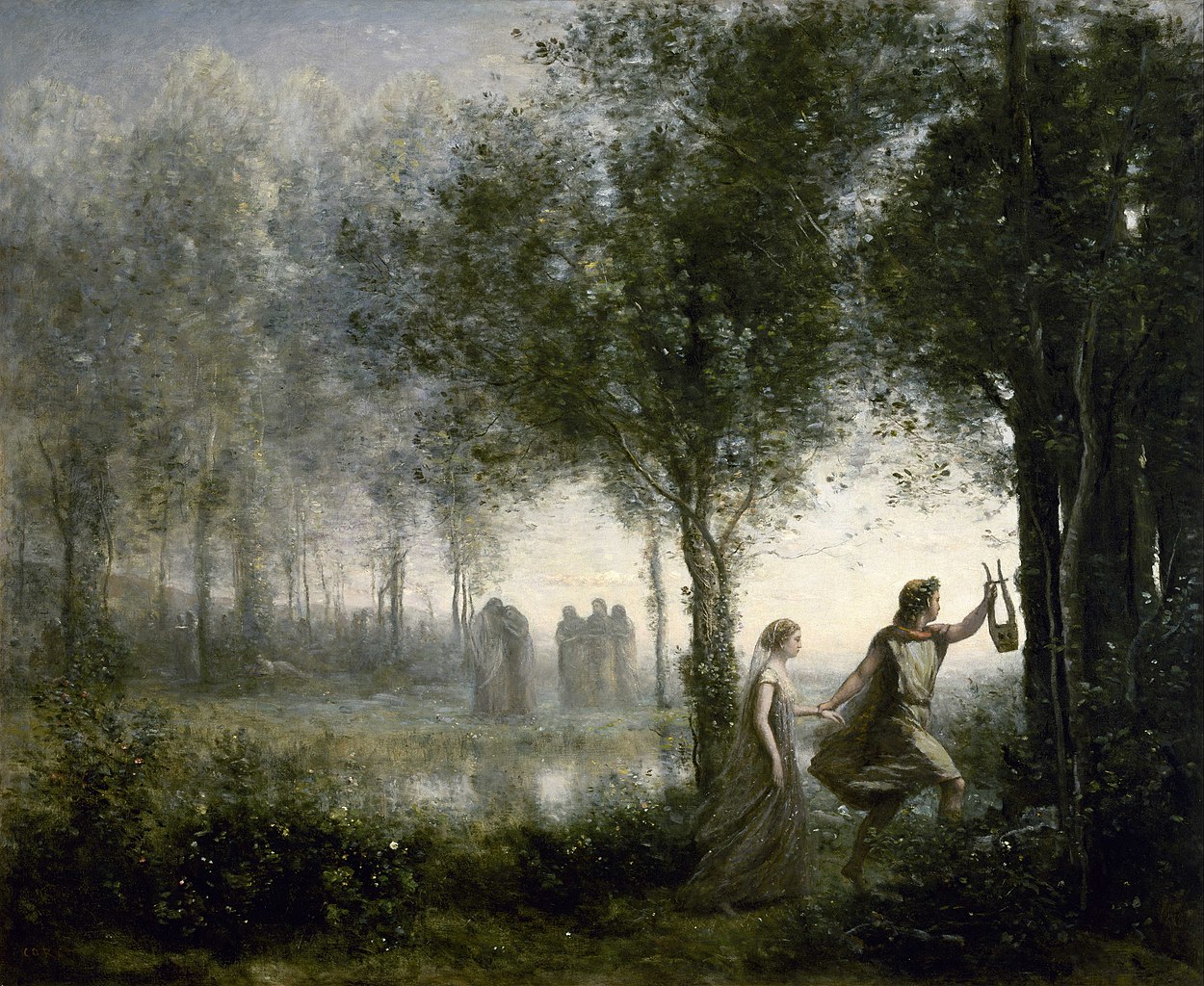First Leaves Near Mantres
7:00 AM |
| Jean-Baptiste Camille Corot, First Leaves Near Mantres, 1855 |
By KATHERINE GRABOWSKY
Two wanderers stroll towards the village of Mantes, France, as the bare trees hang over them. Painted in 1855, Jean-Baptiste Camille
Corot’s First Leaves Near Mantes invokes
feelings of calamity and peace. Throughout his life, Corot kept a strong
relationship with his parents. Their countryside house in Ville-D’Avray
inspired him to paint scenes of French country sides. During a time of
political turmoil, this was just the kind of artwork the people wanted. As
realism was on a steady rise, so was Corot’s artwork. In the 1850s, he shifted
to dreamier paintings with lighter brushstrokes, as demonstrated in First Leaves.
The background uses soft brushstrokes and yellowish green
for the trees, adding a certain warmth which follows along with the feathery
grass in the foreground. In contrast with this warmth, the trees take over the
painting, adding structure with a more precise brushstroke. The trees frame the
wanderers into the painting and form an arch, while the laborer on the bottom
right side of the painting blends in with the grass. Corot used brownish colors
for the people that blend in with the trees and grass to show humans and nature
as one. In the distance, the town of Mantes clearly shows civilization but the
countryside seems to overtake it with trees.
The curved tree represents the beauty in nature through its
imperfections. Without the curved tree, the painting would lack depth and would
seem one-dimensional. Corot invites the
viewer to stop and spend time with the people in the painting. The scene seems
to come to life, and without words or movement, Corot paints the people as
unhurried and leisurely. Though they stay two-dimensional and unmoved on the
canvas, Corot evokes these emotions to make the image come to life. He invites
you to take a break from your busy life and join the pair on their unhurried
journey to Mantes.











0 comments